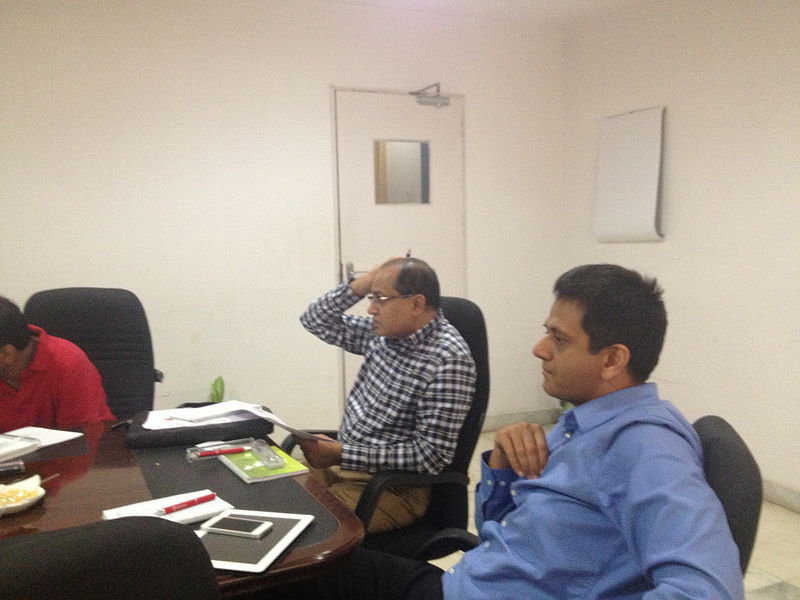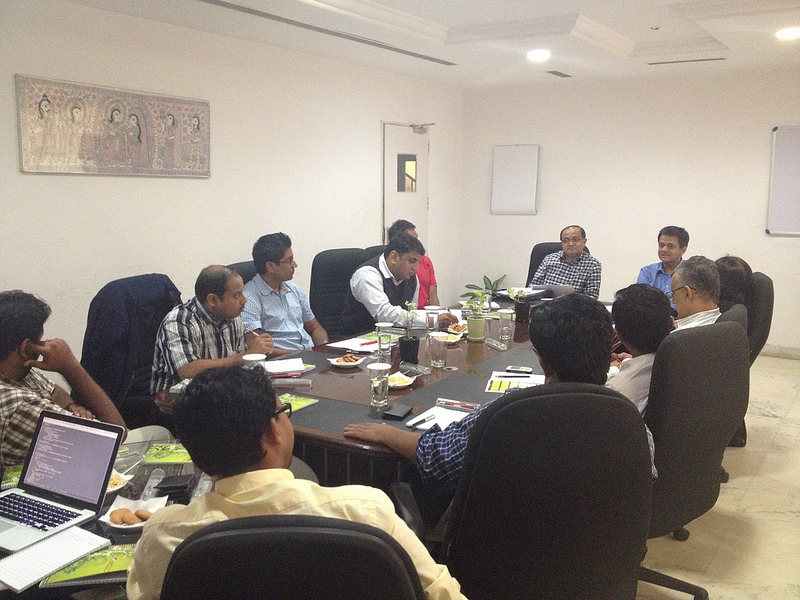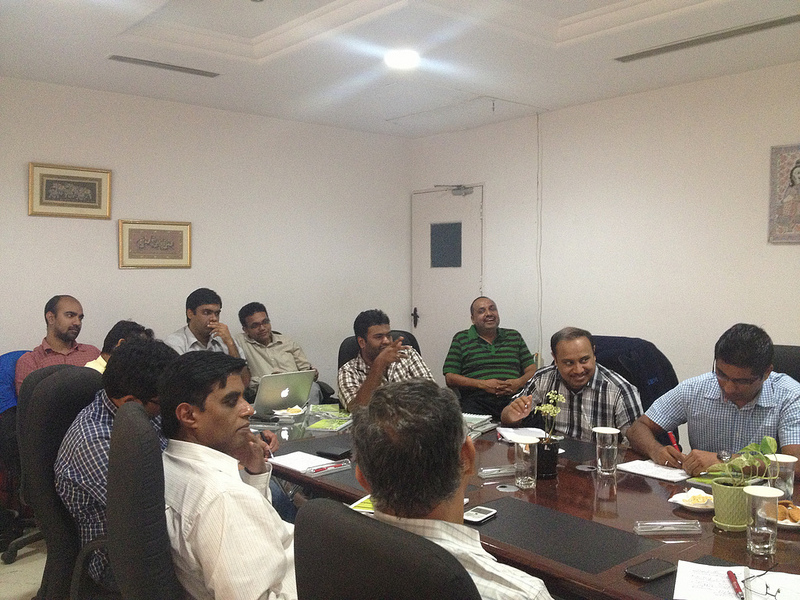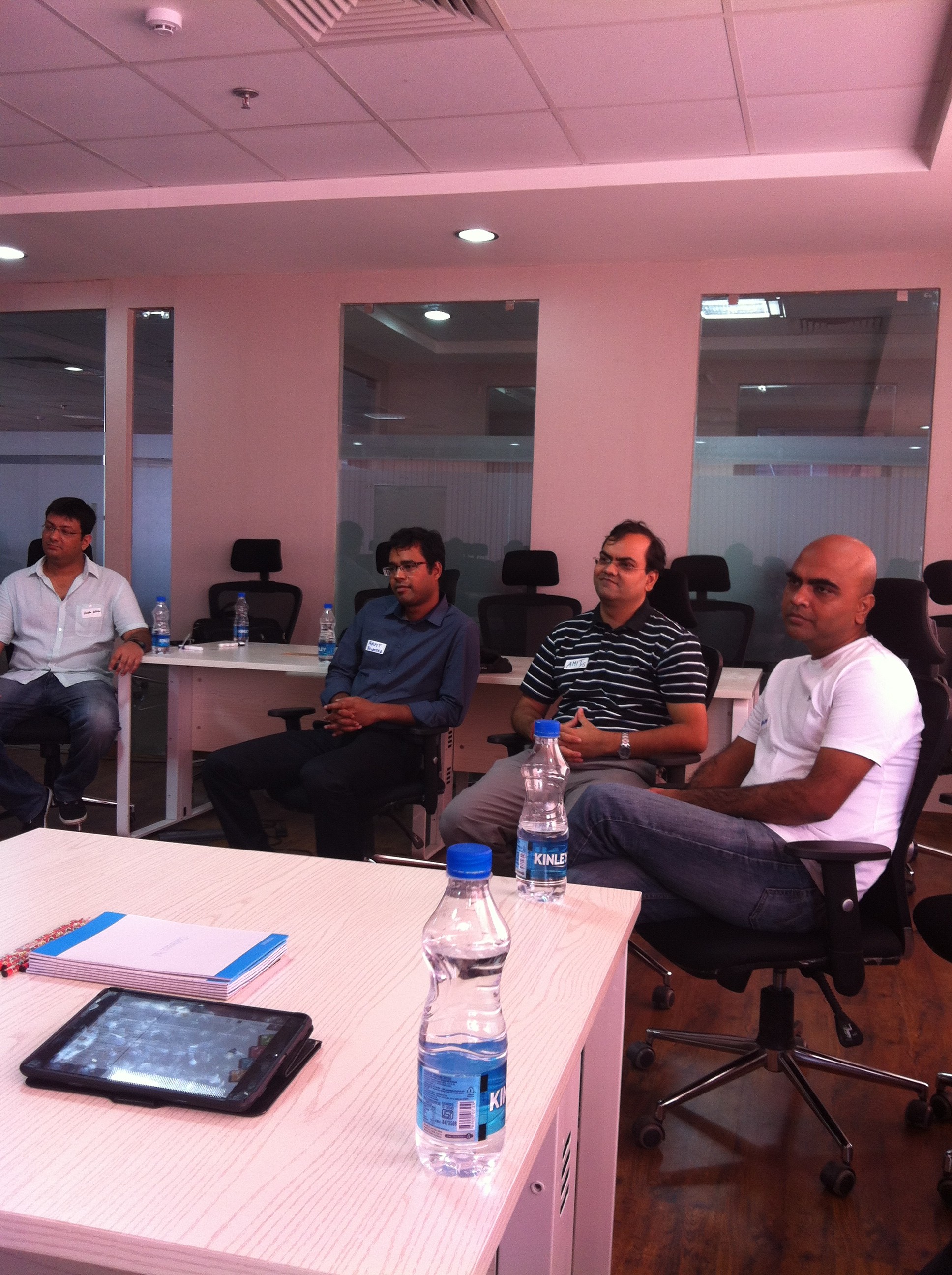For about 2 hours in the RoundTable session, the intense discussion was centered around how to be ready for M&A. Buyers, who have an interest in your company will ask about your product, your markets, your customers, your revenues. As an Entrepreneur, what is your first ask in return? Usually they are any of the following. What will the buyer pay us? Is this the right time, should we wait for a better valuation? What will the buyer do with us post acquisition?
Jay Pullur, CEO, Pramati Technologies, helped us realize, that the first question should be, what will our company do for the buyer? What is the fitment of our product or solution in the buyer’s vision? You need to ask and most importantly answer this yourself. Don’t expect the buyer to answer this, if you are, then you are not ready for any deal. It was a moment of epiphany. Fellow Entrepreneur, the first step to readiness for an M&A is to ask, what your product does to the buyer’s company, not what the buyer can do for your company.
 Four hours of entertaining stories by both Jay Pullur, Pramati Technologies and Sanjay Shah, Invensys Skelta, 12 companies and about 20 participants got the opportunity to interact and learn many of the wise nuggets from these industry leaders. Not all elements of the session can be reproduced here, but below are some of the key highlights and learnings.
Four hours of entertaining stories by both Jay Pullur, Pramati Technologies and Sanjay Shah, Invensys Skelta, 12 companies and about 20 participants got the opportunity to interact and learn many of the wise nuggets from these industry leaders. Not all elements of the session can be reproduced here, but below are some of the key highlights and learnings.
Wise Nuggets – Its all about Knowing (see below for details)
Wise men plan ahead. The pain or the gap that your company addresses should itself be strategically planned. Positioning your entire company, like a pretty bride will ensure the suitor will come. According to Jay, technology buyers in the US do several acquisitions in a year, so for them its just another transaction, they are not emotional about it, not attached to it, its just their job. So the interests of the suitor should always take precedence, otherwise the suitor will move to the next company on the list. Sanjay added that using an iBanker to help you in the match-making process or to source the right type of buyers is also a very beneficial activity. To sum it up, like for any Sale, Seller has to make it absolutely comfortable and easy for the buyer to buy. The checklist includes, but is not limited, to the following.
- Know or Define the right fitment (addressing the GAP in the buyer’s arsenal is most important)
- Know your Position (be clear on the landscape and position your product very clearly)
- Know when to exit (constantly guage the pulse or the sentiment of both the market and the buyer, macro-economic conditions can play havoc, sense the weight of an opportunity)
- Know your Buyer’s problem – Demonstrate that you know the Customer’s Exact Problem (POC, Story boarding the Pitch and strategy all come into play)
- Know your Product (Don’t use flowery language and adjectives- show the customer, you are only solving a pain – which is not a glamorous job to do)
- Know your Buyer – Gauge the buyer’s impending need to buy (They will usually reciprocate with the same rigor as you)
- Know the Competitors, their strategies, their features, their benefits and most importantly their weaknesses.
- Know your-self (You know that you have built a rocket or a rickshaw – if you are in a rocket, you should be on-top of the short-list)
- Know your price (indicative pricing is most important – make sure all research leads to a best possible quote)
- Know how to close (all the criteria for success should be met, there is no alternative for preparation and effort)
- Know your readiness (systems/processes for closure, like record-keeping, employment contracts etc)
- Know what the deal entails (who brings the deal – may be an iBanker, upper thresholds, lower thresholds, etc)
- Know your Organizational structure (are you are platform, are you embeddable, do you need domain expertise)
- Know the parties and their motivations (Eng Team in California v/s CFO in London – who is the deal maker, who is the deal breaker)
- Know the term-sheet (if not hire legal guys or ibankers who can help).
Insights and Learnings
There were many learnings, which definitely are tied to the personal experiences. Some of the key ones are
When Jay sold Qontext to Autodesk he found them to be extremely professional and did not find any price penalty, or discrimination, because of the Indian-ness of it. In fact, he was able to sell it for a very good multiple. The best valuation/revenue multiple silicon valley companies to could get. So its a myth to think that a technology product from India, might get the raw end of the deal.
 When Sanjay sold Skelta to Invensys, he understood the weight of the opportunity. Even though the conversation was not intended for M&A, both parties realized that its mutually beneficial to do so within a couple of hours of conversation.
When Sanjay sold Skelta to Invensys, he understood the weight of the opportunity. Even though the conversation was not intended for M&A, both parties realized that its mutually beneficial to do so within a couple of hours of conversation.
Sanjay’s additional advise, raise adequate money at a comfortable time, and continue to stay relevant via media briefings, etc all the time.
- Other general learnings were also discussed. To note a few,
- Learn about Earn-outs, ESOPs, Liquidation Preferences (Be real to scale)
- Invest if you have clarity on Exit (do everything possible for the deal to come to a fruition, POC, be aggressive, call the CEO if needed)
- Learn about Black duck tests, acqui-hires, escrows for indemnification, etc.
- Define the outcome post M&A and get consent.
Conclusion
Overall M&A stands for all your Moves & Acts. Its all about the Story, your clarity of all the characters and props in the story, and their acts. Commercial success is most important, direct accordingly. Re-takes’s are possible, in-fact easier provided you make your first venture successful.The hilarious moment and the most catchy line came from Jay. Someone asked about honesty and truth, during the process of due-diligence, for which Jay laughingly said, “Tell the truth with such conviction, that the buyer will lie to himself”.




